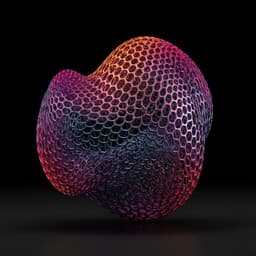
Physics
Antiferromagnetic spatial photonic Ising machine through optoelectronic correlation computing
J. Huang, Y. Fang, et al.
This groundbreaking research by Junyi Huang, Yisheng Fang, and Zhichao Ruan introduces an innovative antiferromagnetic model powered by optoelectronic correlation computing. Boasting impressive scalability, this method enables an accelerated ground-state search for complex problems, such as number-partitioning involving 40,000 spins, unlocking new possibilities in statistical physics and optimization.
Playback language: English
Related Publications
Explore these studies to deepen your understanding of the subject.







